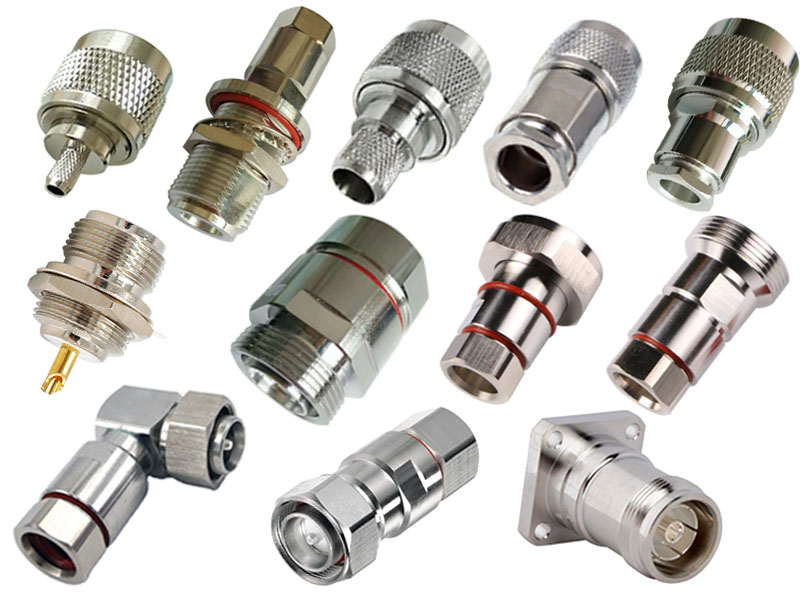-
We’re On Call 24/7 : +8613538296050
-
E-mail : anna@rohoconnector.com
We’re On Call 24/7 : +8613538296050
E-mail : anna@rohoconnector.com
In the realm of RF connectors, precision and reliability are paramount. Two commonly used connector types, the 7/16 connector and the 4.3/10 connector, offer exceptional performance for high-frequency applications. This article aims to shed light on the differences between these connectors and their significance in the field of RF technology.
The 7/16 connector is a widely adopted threaded RF connector known for its robustness and superior electrical performance. It features a large outer diameter, offering exceptional power handling capabilities. This connector type, commonly used in cellular base stations, boasts excellent return loss and low intermodulation distortion. Its size, though relatively large, provides reliable connectivity and is suitable for high-power applications.
On the other hand, the 4.3/10 connector is a compact and lightweight alternative to the 7/16 connector. It was designed to cater to the increasing demand for smaller and lighter connections while maintaining excellent electrical performance. This connector provides a higher density of connections, making it suitable for applications where space is a constraint. The 4.3/10 connector excels in low PIM (Passive Intermodulation) performance, making it ideal for modern wireless communication systems.

In addition to discussing the differences between the 7/16 and 4.3/10 connectors, it is crucial to mention the N-type connector. The N-type connector is a widely used RF connector known for its versatility and durability. It is capable of supporting a wide frequency range and offers excellent performance in terms of power handling and signal integrity. The N-type connector is commonly used in military, aerospace, and broadcast applications.
When it comes to RF connectors, selecting the right one depends on the specific requirements of your application. The 7/16 connector offers robustness and exceptional power handling capabilities, whereas the 4.3/10 connector provides a compact solution without compromising performance. Both connectors cater to different needs in the RF industry, ensuring reliable and efficient signal transmission. Additionally, the N-type connector remains a popular choice for various applications due to its versatility and durability.